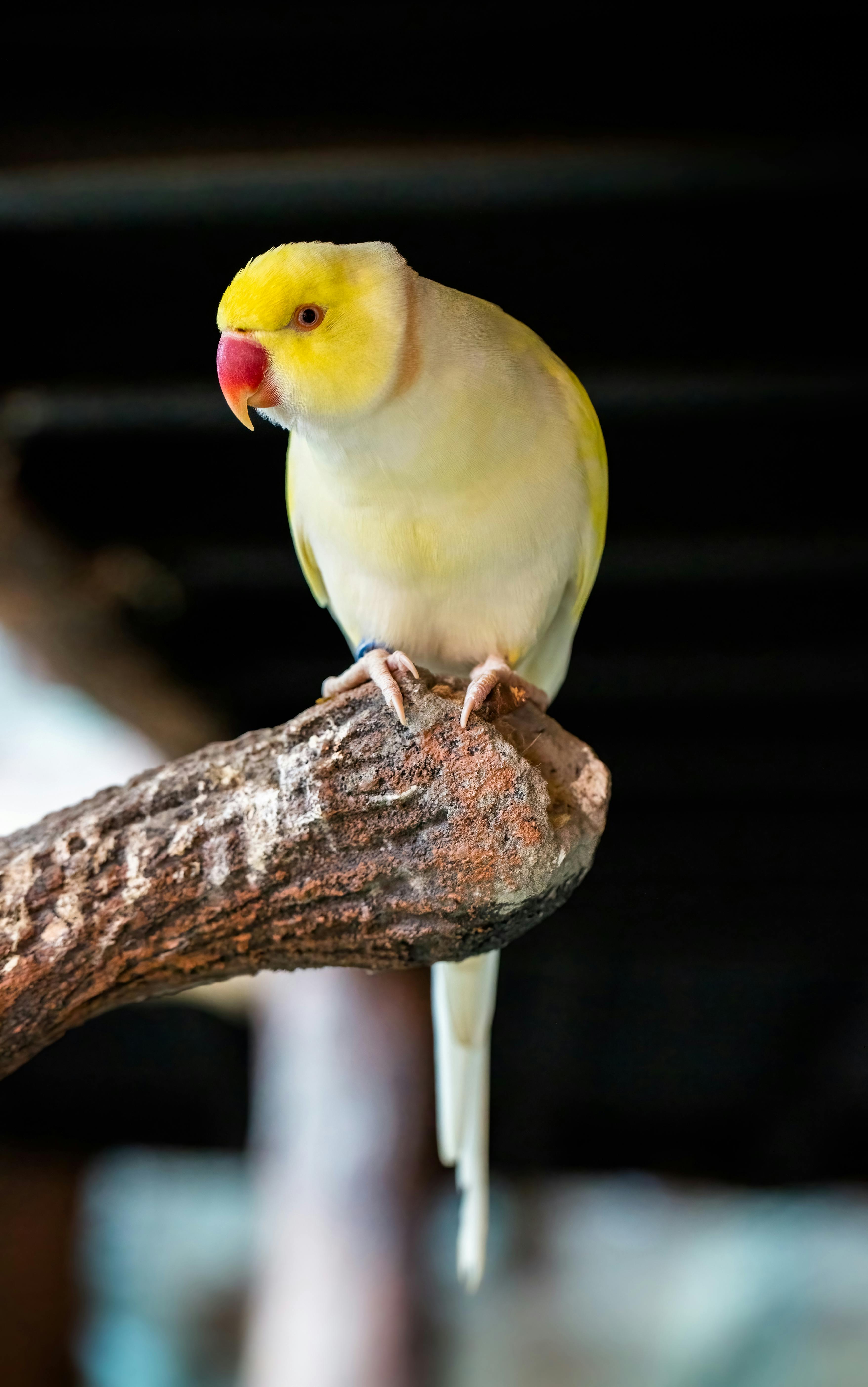
Essential Guide to Lake Nicaragua Sharks: Explore Unique Species in 2025
Lake Nicaragua, also known as Lake Cocibolca, is not just a breathtaking destination in Central America; it is a significant ecological hotspot filled with unique life forms. Among its most fascinating inhabitants are the rare and intriguing species of sharks that inhabit its freshwater waters. Understanding the diversity of these Lake Nicaragua sharks is critical not only for biodiversity conservation but also for shedding light on the ecological interactions within this expansive lake ecosystem.
The presence of Nicaragua freshwater sharks adds a unique aspect to the aquatic life here, distinguishing Lake Nicaragua from other freshwater bodies around the world. This article will explore notable species, ecological importance, their behavior, and the essential conservation efforts designed to protect these creatures. We'll guide you through the attractions and excursions available for observing these fascinating sharks and discuss the importance of sustainable tourism.
Throughout this guide, we will cover:
- The unique shark species found in Lake Nicaragua
- The ecological significance of sharks in the freshwater ecosystem
- Current conservation efforts and community involvement
- Tourism activities that allow visitors to experience these species
- The effects of ecological threats, including pollution and climate change
Join us on this journey into Lake Nicaragua's wildlife, focusing on the biodiversity of Lake Nicaragua and enhancing awareness around the vital conservation of sharks and their habitats.
Unique Shark Species in Lake Nicaragua
Exploring the varieties of shark species Lake Nicaragua has to offer opens a door to understanding the adaptive innovations these fish have made to thrive in their unique freshwater environment. Among the most notable species is the Bull Shark, which is renowned for its remarkable ability to survive in both salt and freshwater.
The presence of these sharks is a testament to the rich biodiversity found within the lake's ecosystem, making them a focal point for biological studies concerning adaptation and survival strategies. Furthermore, examining their behavior in this environment helps researchers develop insights into their migratory patterns and feeding habits, contributing to the larger narrative of aquatic life in Nicaragua.
Another fascinating species is the Nicaragua shark, closely related to the Bull Shark, characterized by its unique habitat preferences and behavioral patterns. These sharks often inhabit the mouths of rivers flowing into the lake and demonstrate distinct interactions with local ecosystems.
Recognizing the adaptive features of these sharks offers a glimpse into their ecological roles and relationships with other species, contributing significantly to the Lake Nicaragua ecology. Their presence indicates a healthy ecosystem, suggesting that conservation efforts for these unique species are paramount for maintaining ecological balance.
In the following sections, we will deepen our exploration of shark behavior in Nicaragua and its implications for conservation strategies aimed at preserving these extraordinary creatures.

The Ecological Importance of Sharks in Freshwater Ecosystems
The role of sharks in maintaining the dynamics of freshwater ecosystems cannot be understated. In Lake Nicaragua, these apex predators help regulate the populations of various fish species, ensuring a balanced ecosystem. This ecological importance Lake Nicaragua extends beyond mere species interactions; it reflects a complex web of life where each organism plays a role.
Sharks significantly influence community structures within the lake, impacting fish diversity and health. Their predatory behavior helps control the populations of smaller fish, preventing overpopulation and ensuing ecological chaos. This interaction highlights the need for sustainable **conservation of sharks** and their habitats, as the loss of these species could lead to significant disruptions in the aquatic ecosystems.
Moreover, ongoing ecological research underscores the necessity for conservation awareness among local communities. By engaging in initiatives that promote the benefits sharks provide to the ecosystem, community members become more invested in the preservation of their natural resources.
Recognizing the broader implications, it is vital to implement regulations and engage in scientific monitoring of the shark populations in Nicaragua. Studies focusing on the interplay between biodiversity of Lake Nicaragua and the presence of these sharks emphasize the delicate balance that exists within the lake’s environment.
This leads us to consider the various conservation efforts underway aimed at protecting these species and their habitats from growing ecological threats.

Conservation Efforts for Lake Nicaragua Sharks
As shark populations face numerous challenges, from pollution to overfishing, proactive conservation measures have become crucial. The well-being of Lakes Nicaragua's aquatic life hinges on cooperative community efforts, effective management strategies, and comprehensive education programs focused on the significance of sharks.
There are several shark conservation programs already in place that aim to monitor and protect the local populations. These initiatives often involve collaboration with local fishermen, ensuring sustainable fishing practices that do not negatively impact the shark species and their habitats.
Additionally, environmental awareness campaigns play an essential role in educating the community about the ecological threats faced by the sharks, such as habitat loss and the impacts of climate change in Nicaragua. Understanding how human action affects these magnificent creatures fosters community involvement in sustainability initiatives.
Ecological tourism also contributes positively to conservation efforts. By promoting Nicaragua nature tours that inform visitors about the importance of sharks in the lake ecosystem, there is potential for increased funding towards local conservation programs.
As we move towards exploring the tourism activities around Lake Nicaragua, let’s also consider how these eco-friendly opportunities serve to reinforce conservation and promote a sustainable future for both sharks and local communities.
```